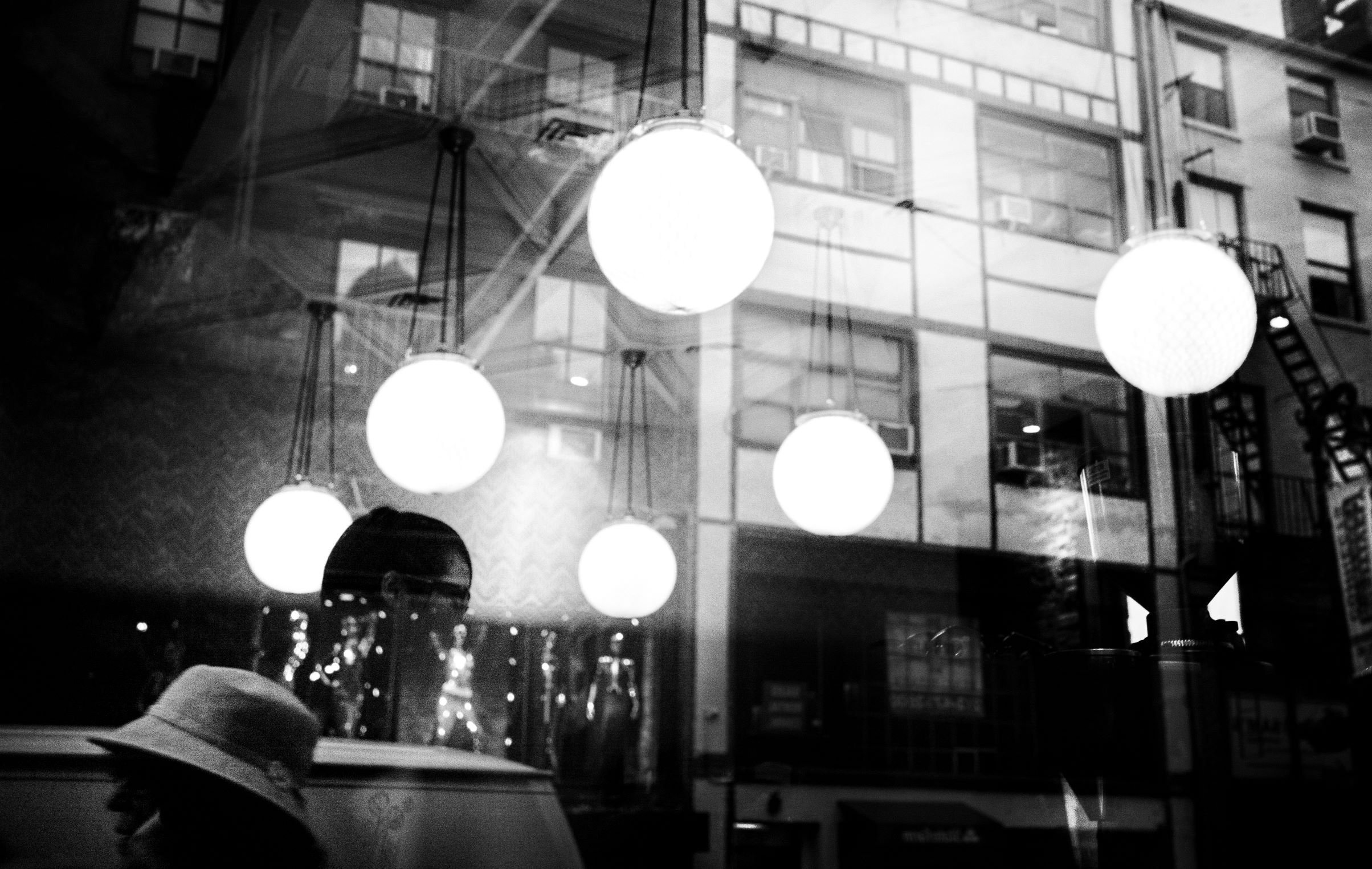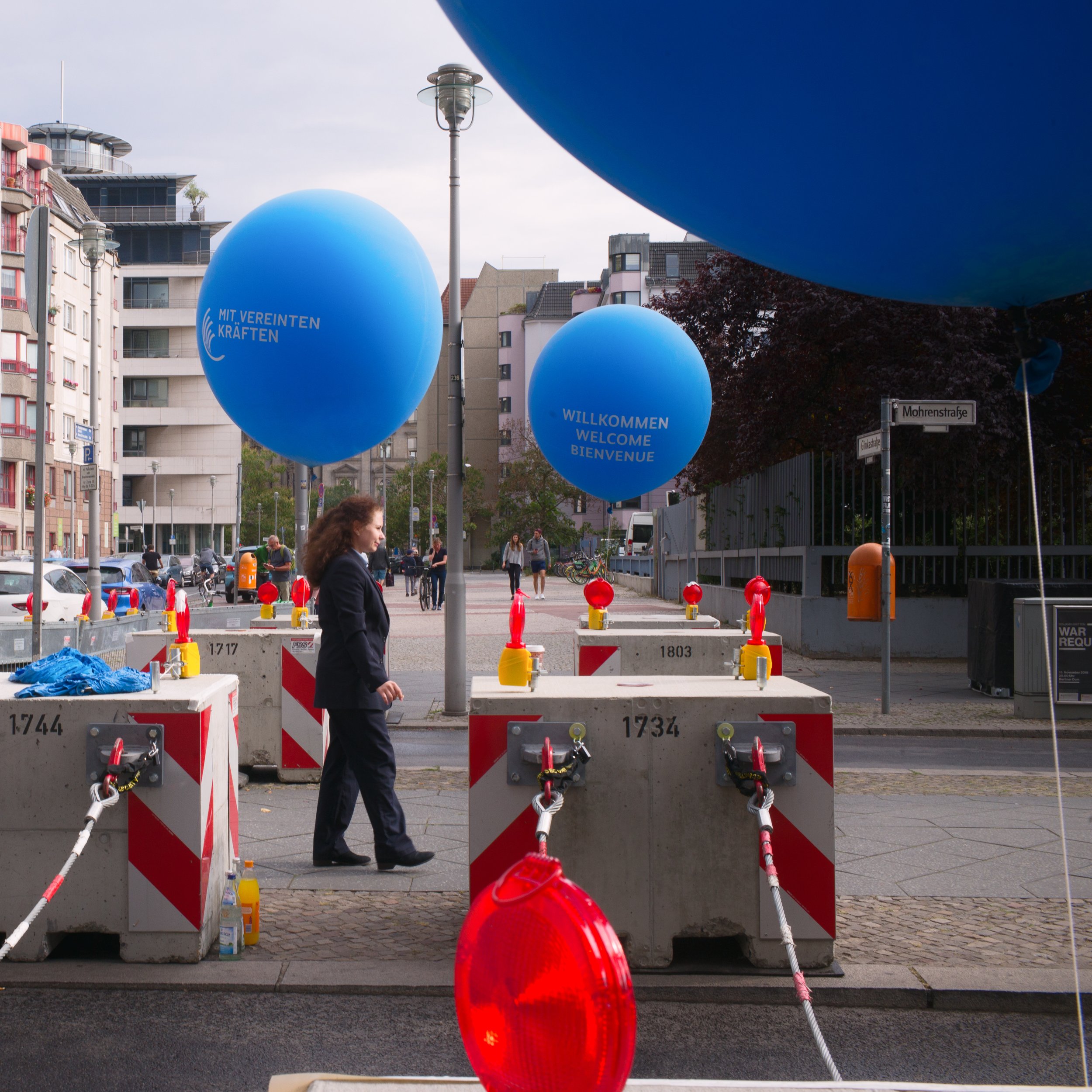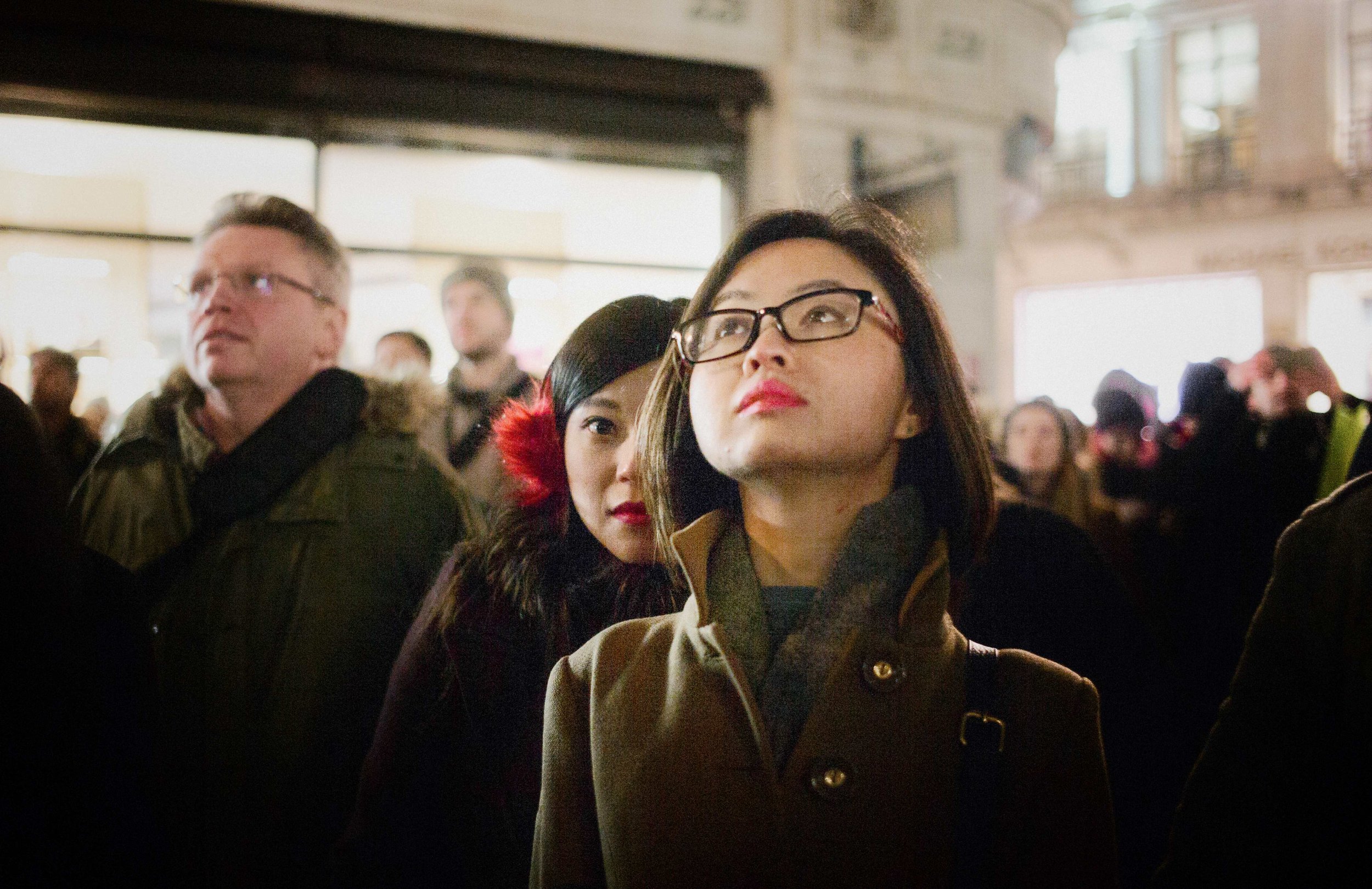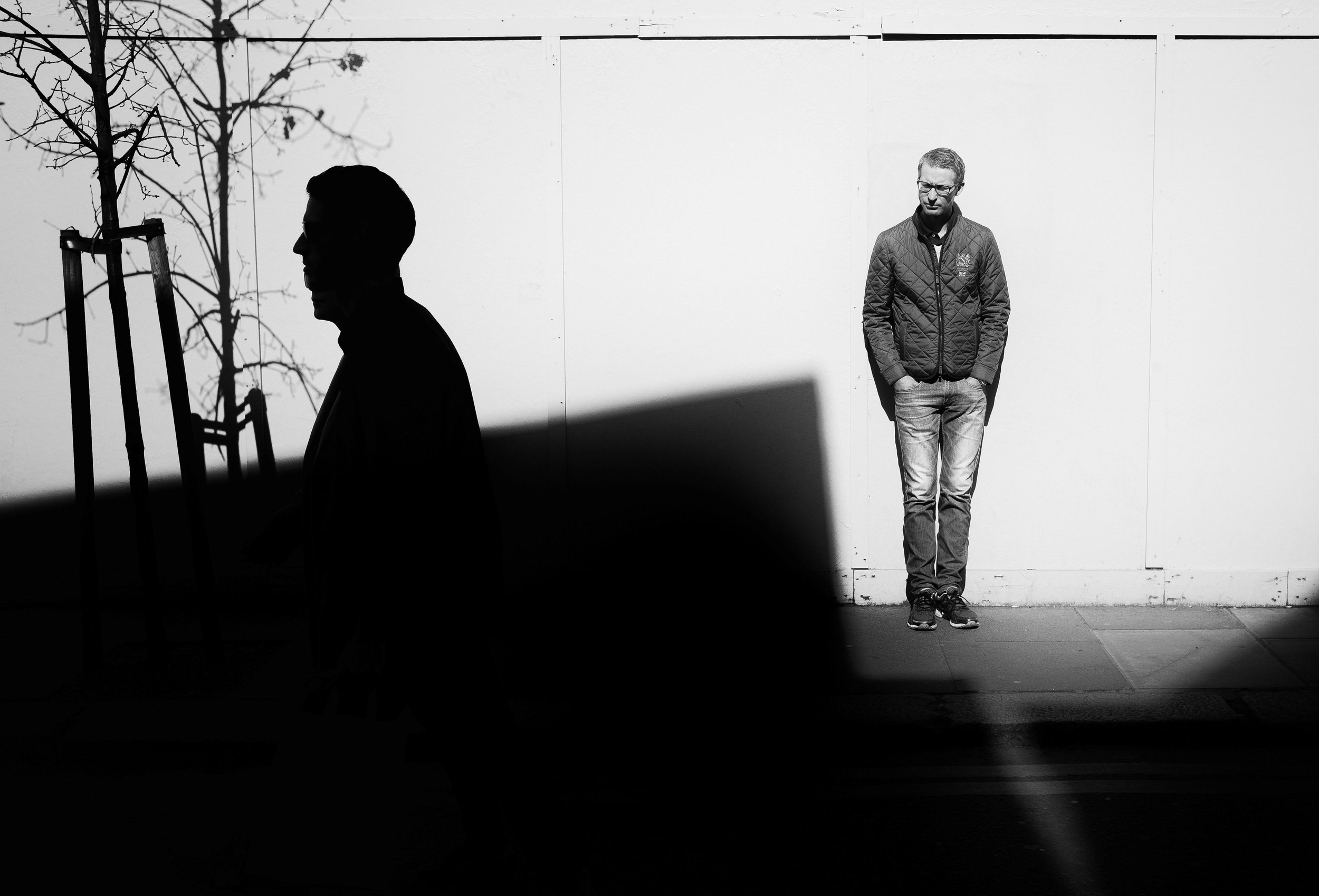What is Strangeness? A sense of otherness. The opposite of common, ordinary, familiar. Strangeness comes out of capturing human beings and the world in a different, unfamiliar light. In this article, I wanted to explore different ways I have evoked a sense of strangeness and otherness in my photography - and through this, introduce possible avenues for you to explore. I hope you will enjoy this reading, and if so, let me know in the comments!
While there are many ways to think of the strange and unfamiliar, in my next series of articles I will discuss five themes that are close to my heart:
5. Using reflections to fully transform the reality
Reflections are extremely powerful at creating completely re-invented worlds, hiding the most important details, confusing the mind about what is and isn’t, and showing a troubled mirror of our world that can be utterly surrealistic and captivating. Reflective surfaces transform what we see, the essence of reality, the substance of human beings. And this stirs the imagination. Strange, weird, unfamiliar - whether poetic or chaotic, reflections are there to disrupt the harmony through creating powerful illusions. People disappear, replaced by light and shapes. Independent elements get juxtaposed to create a new dimension, a new illusion, as if creating a composite image of two or three existing images. But in street photography, nothing is fabricated and catching these disruptive reflections is an art in and of itself. And more often than not, what the camera will capture is unlike what the eye can see, creating surprising results and allowing the strange and unfamiliar to penetrate our minds, for our greatest delight.
1. In this image, it is noticeable that subjects have no faces, no consistency. The first illusion is provided by a reflection via a glass, whereby the subject on the right is seen as almost translucent, with the sun reshaping her features and creating a strange sensation of looking through her, not at her. She blends with the falling sun. She’s turned to the right, while our second subject who appears so small in comparison, is barely visible in the darkness, shot from behind and looking away, where we cannot see. At no point their gaze will ever meet, each of them transformed and solitary in this image, which becomes more of a painting than an actual photograph. The details in the background of a boat on the bus stop, and the buildings blending into shadows and sun create a very surrealist impression, an image that doesn’t seek to document, but to evoke, from a feeling of incredible beauty to the strangeness of a scene where humans have no real substance, no real consistency. Only transient images of themselves, transposed in a world full of light.
2. Reflections combined with silhouettes can create very surrealist effects, like in this image. A man with a shadow for a body, and a face disappearing into reflections of buildings and windows create a strong feeling of strangeness and weirdness. Our subject has the shape of a human, but none of the features. The juxtapositions here are surrealists and almost seem fabricated - who is the man with no face, walking alongside that little girl? Juxtaposed to this surrealist image are the hand of a photographer on the left, creating some additional sense of strangeness.
3. Sometimes the face is erased, and sometimes the body is. In this image, the reflection creates the illusion that a man is wearing a long coat - yet the garment seems strange and unfitted, as we had super imposed two images into one. The power of reflections can be very strong: the garment belonging to the inside of a shop, yet juxtaposed onto the hands and face of a walking man creates something new, something unseen before. Again here, the transformation is total and the juxtaposition of elements that do not belong together creates a sense of wonder, of perplexity. We don’t know what we are seeing really, and what belongs where. The result is a very strange man, almost an image of himself, transformed into someone else, elements blending into each other to create a never-ending confusion in our minds.
4. Another avenue to explore are those reflective surfaces blessed by strong light. It shows the world not as is, but a mirror of itself with different textures, layers, fading details…An example here is a shot of a woman on the window of a closed shop. The strength of the sun creates an almost perfect reflection of our subject and the street behind her, but juxtaposed with an iron curtain. The resulting effect is a strange mirror of our world, broken down into fragments and lines - an interesting transformation of an ordinary scene, where humans and metal merge together to create a puzzle image, surrealist and strange, that captivates our attention.
5. The strong light and contrasts in this image helps create a sense of strangeness and tension in this image. While the buildings are reflected in the background, our subject’s features are clearly delineated against these because of the strong light. On the other hand, part of her face and her body will remain hidden in the shadow - so we are permitted to see only part of her world, with hint of a second person in the background blending in the darkness. But what creates a strong illusion here is the reflection of the sun on the floor, reflected like a lightning across her body, driving the eyes directly to her.
6. And most often, reflections can blend the entire scene to create a juxtaposition of elements, forms and shapes that can be poetic, strange, out of this world. In this example above, the big round lights in the shop are juxtaposed to the geometric shapes of the buildings reflected, almost over shadowing the humans in this image. The result is chaotic, impression over impression, confusion and collision of elements, a world where the real and the reflected cannot be pulled apart anymore.




























